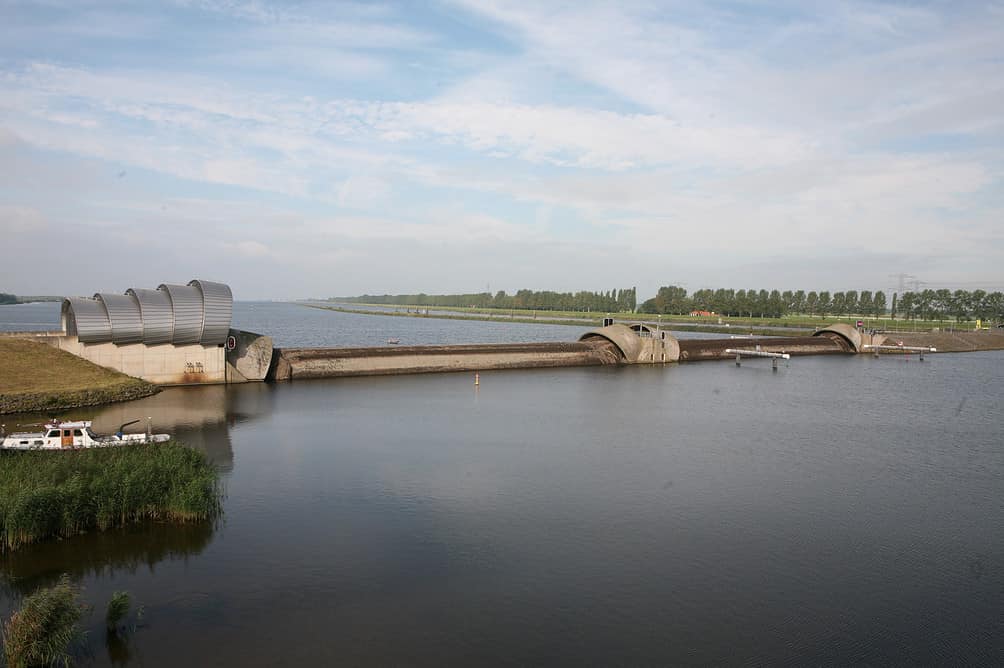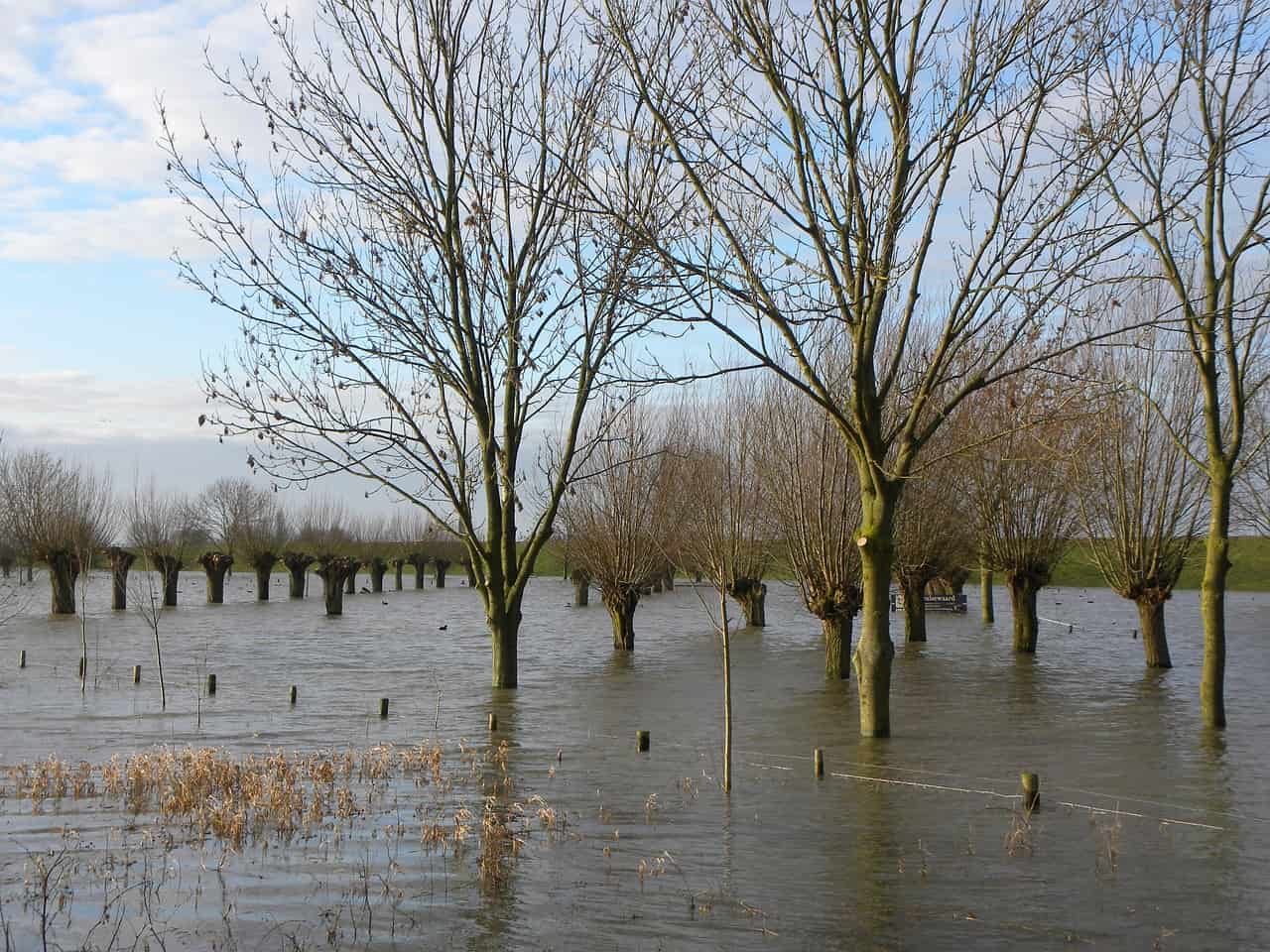Water levels in the Netherlands are falling again, after breaking one record after another in the recent period. In the battle against water, an ancient procedure was widely used: sandbags. But more and more innovations are also being created to combat floods. We list a number of promising solutions.
Why you need to know this:
We are increasingly facing extreme weather conditions due to climate change. This means that we can increasingly rely on rising water levels in the Netherlands. There are innovative solutions to protect us from this.
Floods have caused a lot of inconvenience in recent months. In Deventer, a church was flooded due to heavy rains. More and more gaps are also caused by rainwater not draining properly. As a result, a large portion of the road surface in Eindhoven was destroyed.
Sixty to die
At the beginning of January, the Maas River in St. Peter near Maastricht discharged 1,700 cubic meters of water per second. These volumes occur once every three to four years. Nico Wanders, lecturer in hydrology at Utrecht University, believes we are expected to see this more frequently in the coming years: “Due to climate change, we are increasingly facing extreme weather conditions. With dry periods, but also with very wet periods. From now on Onwards we will roll the dice with sixes.”
Natural solutions
Given the forecasts in the chart above, it is time to better prepare ourselves for future floods. We won't be able to achieve this with sandbags alone. So there is room for innovation. Wanders explains that innovations do not necessarily have to be technologically advanced. According to him, the main focus should be on natural measures. “Consider reducing asphalt and green roofs, so drains don’t immediately overflow during heavy rains.” As well as trenches on steep slopes. In Limburg, for example, we are already seeing in many places that natural ditches and bushes are being restored to slow down the flow of water at the bottom of the field.
Dutch dams are a great place for many solar panels
Solar panels can easily be placed on paved embankments. This is evidenced by the results of research conducted by the Sun on Dikes project.
Artificial solutions
In addition, “man-made” innovations are increasingly being applied. People in Kampen keep their feet dry, thanks in part to an inflatable flood barrier. The village is located at the mouth of the Issel River. The flood barrier – the largest in the world – was designed by architecture firm ZJA and will prevent water from the Ketelmeer being carried by the wind.
Solutions that could be applied in the future, such as mobile dams, are being tested on a large park on the TU Delft campus. They are large trunks filled with water, and are maintained by a high water level of up to one and a half metres. When you place the bag in front of the door and it comes into contact with water, the bag absorbs itself and prevents water from flowing in.

Prevention is better than cure
Prevention is still better than cure. Artificial intelligence and machine learning are widely used for flood forecasting. Google's flood forecasting system is an example of this. The system has been collecting data on rainfall since 2018. It consults various sources, including weather forecasts and satellites. It then identifies danger areas and distributes important information through searches, maps and notifications. Google recently added sixty countries to the system, including the Netherlands and Belgium.
Collaboration is key
Wanders stresses that in addition to natural and technological solutions, cooperation with other countries is also key to keeping water on track. “The Netherlands is simply the 'drainage hole' of the Rhine and Meuse. Although this has economic advantages, in this case it is a disadvantage. Coordination with neighboring countries has improved over the years, but it remains an important point of interest. If water reservoirs “If Switzerland, Germany and Belgium are in better shape, we will benefit a lot from that in the Netherlands. “But if people let it drain quickly, it could actually provide us with additional water in the Netherlands.”
The Netherlands has enjoyed close cooperation with Germany for ten years. Information on rising water levels is managed and shared through a cross-border platform and forecast model. During the High Water Conference, the countries also confirmed that they will conduct further research in 2025. They are focusing on gathering more experience and knowledge regarding, among other things, evacuation options, future discharges in the Rhine and ways to deal with risks.
It will take a long time before we can fully control climate change, if it happens at all. “In addition to all the measures taken, we should also expect wetter winters in the coming years,” Wanders concludes.

Zombie specialist. Friendly twitter guru. Internet buff. Organizer. Coffee trailblazer. Lifelong problem solver. Certified travel enthusiast. Alcohol geek.


